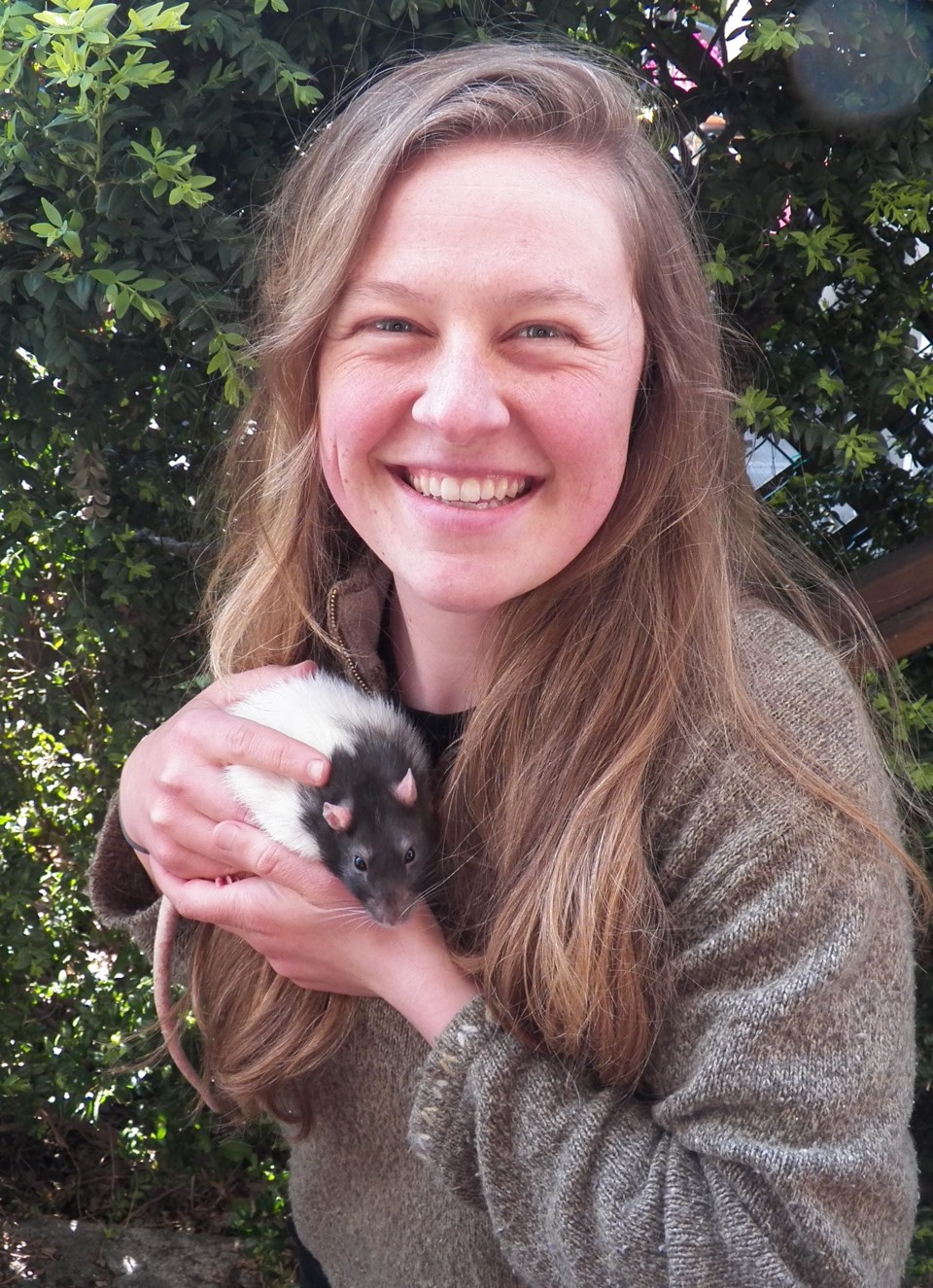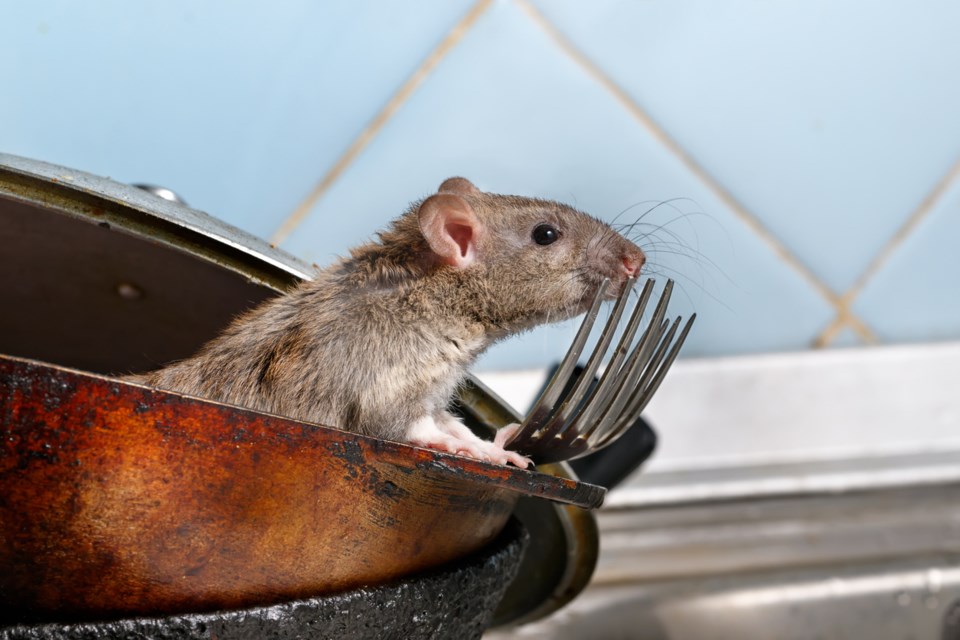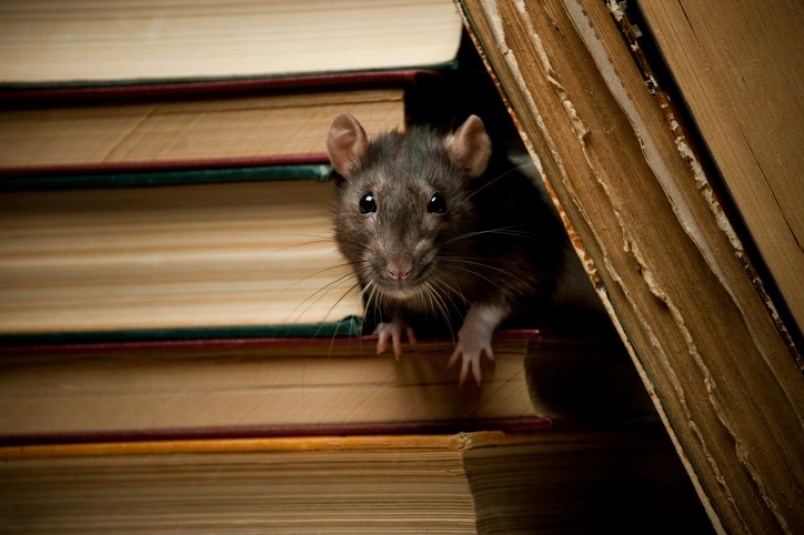Pest control companies are warning the spike in restaurant closures due to COVID-19 could be a recipe for an explosion in the area’s rat population.
It’s hard to get a sense of just how many food service establishments have been shuttered in Burnaby and other Metro Vancouver areas, according to Jamie Kiffiak, the owner of Tri-Cities Pest Detectives.
However, he said what is clear is that many businesses are struggling to pay for preventative pest control measures at a time when many residents have hunkered down at home with a growing stash of food.
“If restaurants stop operating, there’s going to be a scarcity of food resources, driving them to other locations,” said Kiffiak, who has owned the business for the last 13 years.
Some will go into neighbouring shuttered businesses as they seek new places to shelter, but others will follow the food.
“Rats are consensual rodents, so they live alongside people, depending on us for food and shelter. They go where we go,” said Kiffiak.
There are two species of rat in Metro Vancouver — the brown, or roof rat, which by nature is often a tree-dweller, and the black, or Norway rat, what Elana Varner, who studies rodent ecology as a PhD student at Simon Fraser University in Burnaby, calls “your classic city-dwellers."
When wet, cold weather turns dry and sunny, rats tend to move outside, sheltering in blackberry bushes or other shrubs. Rats are also known to take refuge in people’s car engines, where they chew up wires and hoses often coated in a soy-based shielding.
“That can be a very expensive problem,” said Kiffiak.
Like many rodents, rats are also prolific breeders. Females can have a litter of up to a dozen pups once a month. Within two to three months, those babies become sexually mature, ready to start the breeding cycle all over again.
“You can have a significant population explosion in a relatively short period of time,” Kiffiak said. “It’s something that we’re anticipating. Might be a month or so or two months.”
Varner, however, said the impact of the human quarantine on rat behaviour may be more complicated, and a sudden drop in human food sources around closed restaurants could lead to a decline in the rat population. That’s because rats are extremely territorial, with often one family occupying a city block.
How a city’s commercial and residential neighbourhoods interlock can be a key factor in whether a rat family finds a migration corridor from your favourite eatery — now closed — to your door.
Things could get nasty.

Varner points to other cities in North America where scarcity in food has led to territorial clashes and emboldened behaviour.
“We might see them battling on the street,” she said, not to mention cannibalism and infanticide.
For a researcher immersed in rodent ecology, Varner said the current pandemic opens up a window on the dangers of close proximity between humans and wild animals.
“Asia has their wet markets and that is a huge risk for zoonotic diseases. Our version of that is our rat population. They’re considered hyper-reservoirs for disease. Not only are they carriers but they’re melting pots for viruses,” she said.
And while we don’t know a lot about the rat population around the Lower Mainland, researchers do know they are increasing here in the same way as many cities across North America, she added. That’s partly due to climate change as warm winters lead to more year-round breeding.
Varner said one study in Vancouver, started roughly five years ago, found several novel diseases carried among the population. One, known as MRSA, is an antibiotic-resistant staphylococcus bacteria. If that were to recombine with other bacteria within the rat population, it could make antibiotics useless.
“Rats are a mixing pot for diseases — that’s the scary part,” she said. “The whole risk factor is all contingent on the human-animal interaction.”
But even if the rat population struggles due to COVID-19 quarantine and a decline in food, Varner said there are other precedents to consider.

With virus transmission perfectly intertwined with animal behaviour, she points back at the bubonic plague, or Black Death, of the 14th century, highlighting that it was the fleas carried on the backs of rats that spread the disease, only jumping to humans when the rats started dying off.
But those are worst-case scenarios, and while important over the long term when it comes to disease control, Varner is not predicting a Burnaby outbreak of modern Black Death to go along with the current pandemic.
Still, controlling the rat population and the diseases they carry comes down to a collection of individual choices. Where Kiffiak often resorts to trapping and killing rats, both he and Varner agree some of the best measures are preventative.
City officials often bang the drum about keeping bear attractants stowed away, and those same lessons apply to rats, which Varner said can easily chew through thick plastic to get at food waste tossed in the trash instead of the compost.
“Fruit trees are a big one too, so harvest everything you can as soon as you can,” said Varner.



